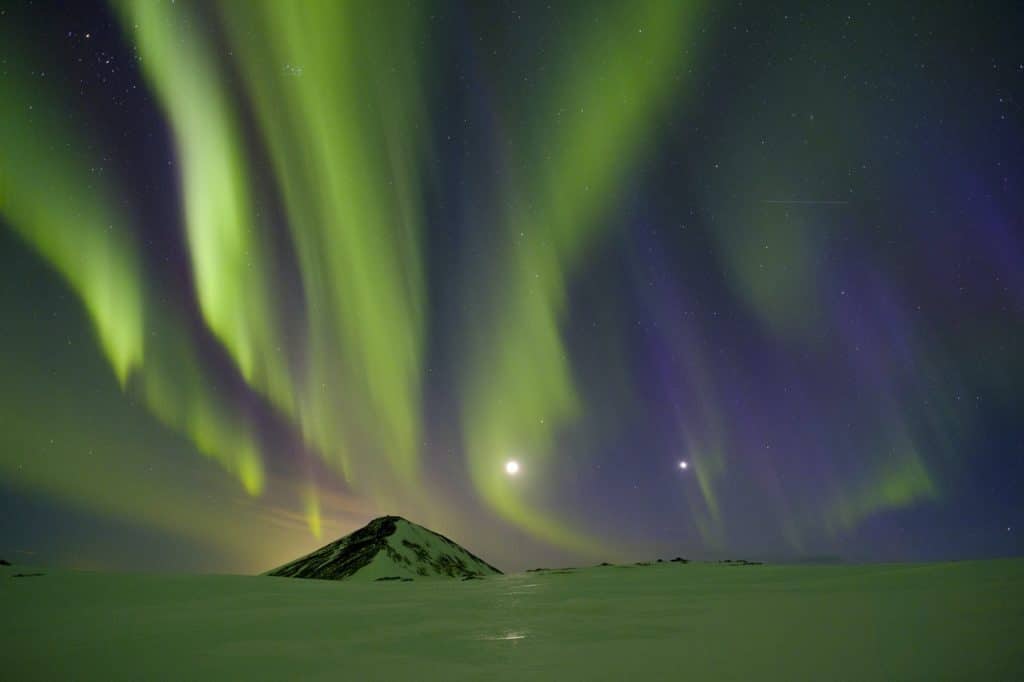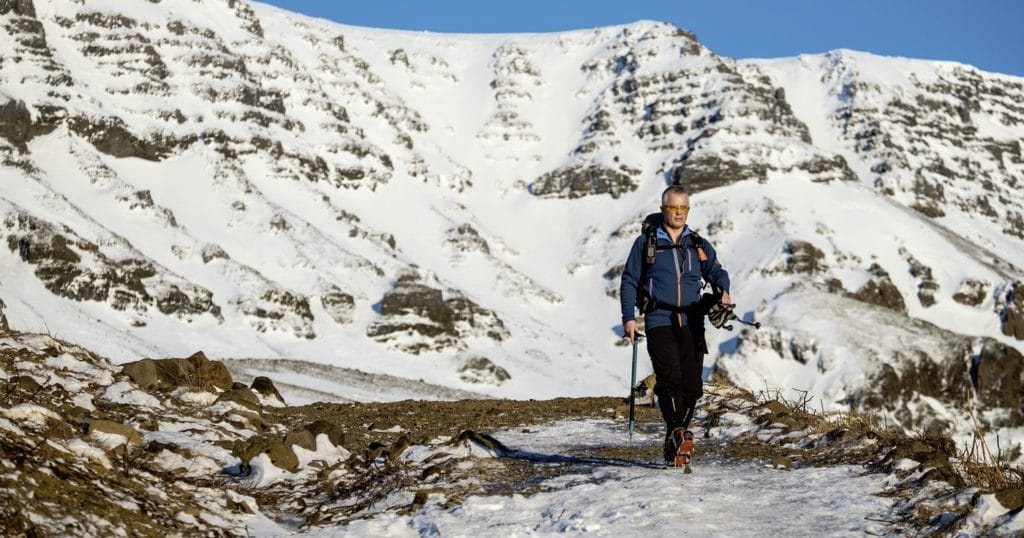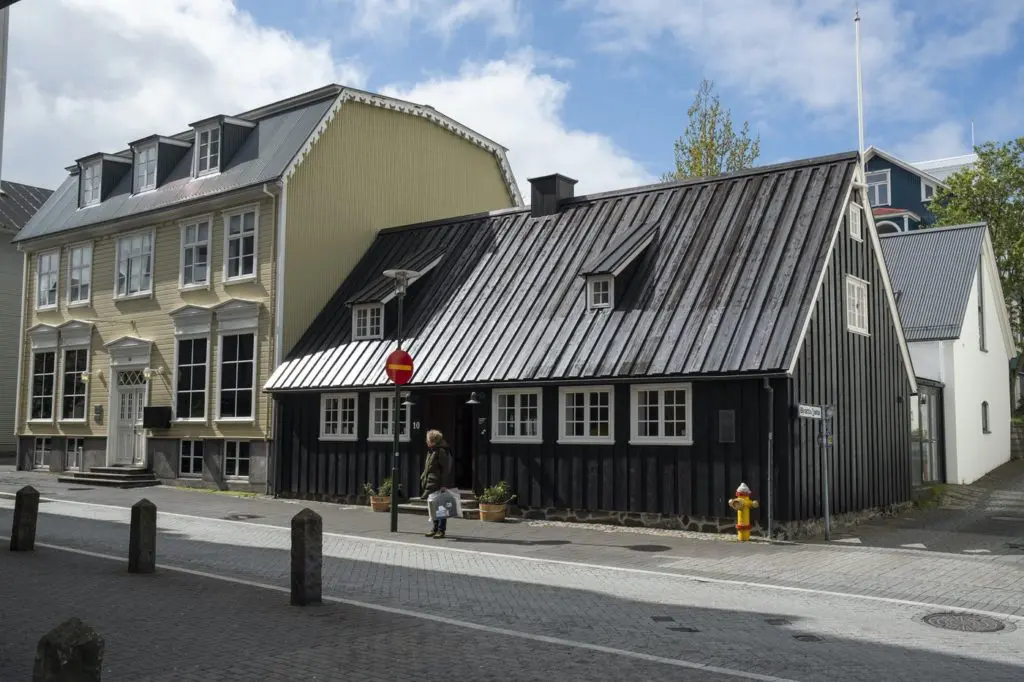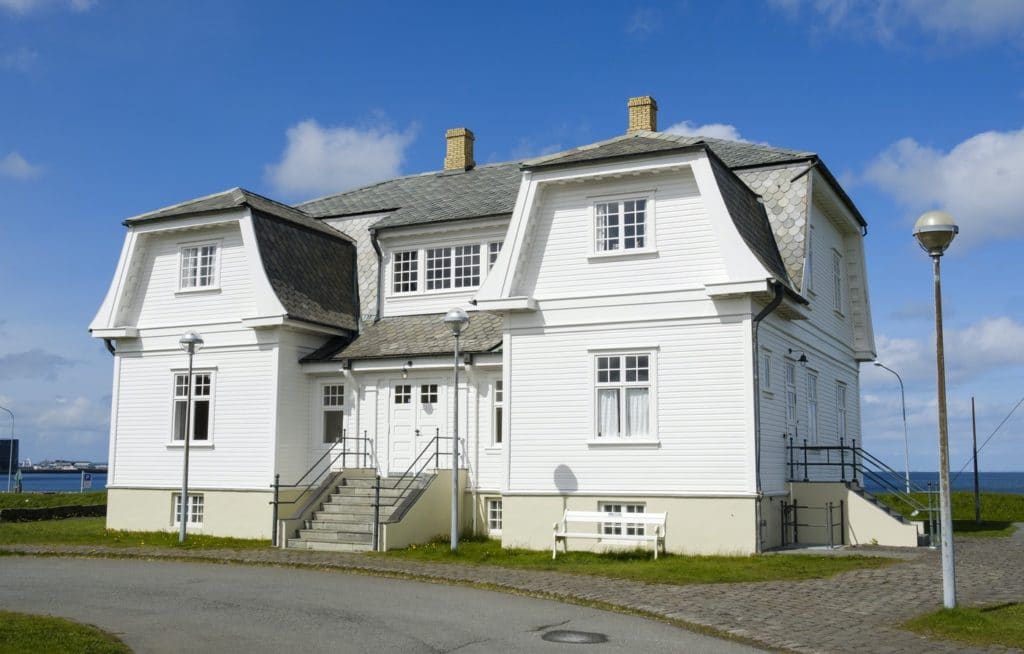Most Icelandic beaches, with their jet-black sand and water temperatures in the low single digits, have nothing in common with their counterparts closer to the equator. The golden-sanded geothermal beach at Nauthólsvík in Reykjavík is the exception that proves the rule; a little piece of tropical paradise in the otherwise subarctic climate.
The North Atlantic Ocean around Iceland is much too cold to bathe in, but we do have an impressive amount of geothermal energy. Some enterprising minds saw a possibility in our situation and the Nauthólsvík geothermal beach was opened in 2001 to the delight of residents and tourists alike.
The creation of the geothermal beach was an ambitious project involving the construction of a lagoon with large sea walls, where cold seawater and hot geothermal water blend together to create the perfect temperature. Locals have welcomed this chance to bathe in the ocean and still avoid hypothermia, and on sunny days, the beach fills up with people of all ages enjoying the warm water.
The main objective of creating the geothermal beach was to establish Nauthólsvík bay as a diverse outdoor area and haven for recreational activities, such as sunbathing, swimming, and sailing.
No matter the season, there are people enjoying the hot tubs, steam bath, and changing facilities and showers, even when the temperatures drop below freezing.
Sea swimming
One activity has become surprisingly popular all year round; sea swimming. Cold-water swimming might sound crazy, especially in a country like Iceland, however, this extreme activity dates all the way back to the age of settlement. The oldest recorded achievement in sea swimming was accomplished in the year 1030, when Grettir Ásmundarson (a legendary character from the Icelandic sagas) swam a distance of 7 km across a bay in North Iceland to the island of Drangey.






